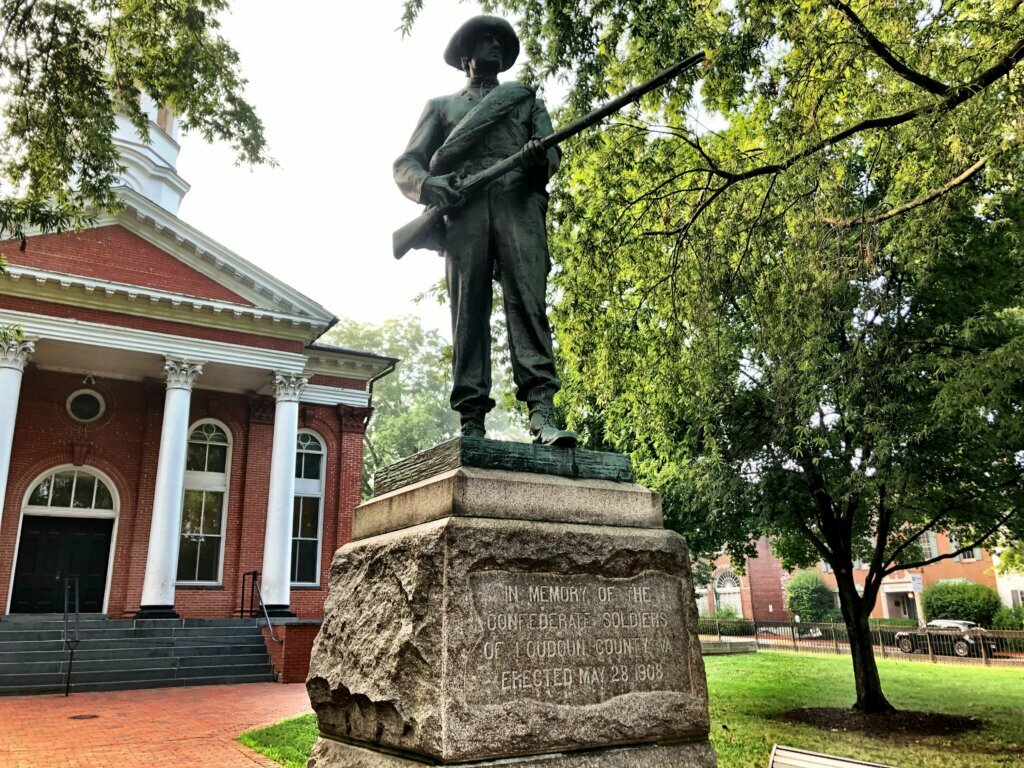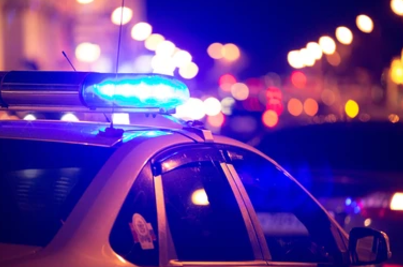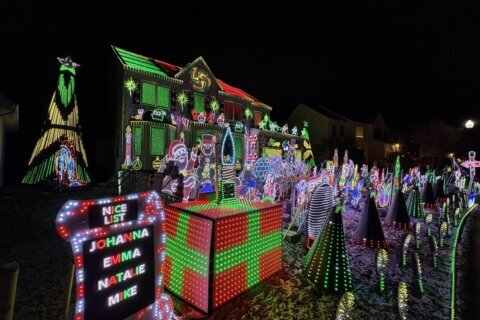
Loudoun County’s Board of Supervisors has decided to return the statue of a Confederate soldier that has stood on county courthouse grounds for 112 years to the United Daughters of the Confederacy, which owns the monument.
The move comes amid a widespread reconsideration of Confederate statues and monuments and Virginia and across the country, in large part sparked by the death of George Floyd at the hands of the Minneapolis police in May.
A spokesperson for Board Chair Phyllis Randall said the vote was unanimous, 9-0, and the statue will be removed by Sept. 7.
As WTOP reported, with Virginia’s new law allowing localities to decide the fate of war monuments on their property set to take effect July 1, the group asked for the return of the controversial statue.
Randall, a Democrat, had long argued that the statue was offensive to many in the community and a symbol of systemic racism that had no place on county property.
On Wednesday, Randall said in a statement that the vote “did not happen because all of my colleagues realized the statue never should have been erected; it occurred because the United Daughters of the Confederacy knew that after 112 years the tide had finally turned and requested their property back. The UDC does not deserve credit for being forced to undo what should have never been done.”
She mentioned the 1889 case of Orion Anderson, who was 14 when he was dragged from the court house, beaten, shot and lynched. He was accused of “scaring a white girl with a playful gesture,” Randall said in the statement.
“Removing a monument to the Confederacy doesn’t erase history,” she said; “it corrects it.” She added, “Now, it’s time to look to the future and have a community conversation, that includes the voices of all Loudoun’s citizens, not just a select few,” about what monuments should sit on public land.
Although he voted to return the statue to its owners, Catoctin District Supervisor Caleb Kershner, a Republican, released a statement saying the county should erect more memorials in public places, to provide a complete description of its history.
“I have yet to see a single one of my colleagues say anything about Gov. [Ralph] Northam wearing blackface while standing next to a hooded Klan member,” Kershner said, rhetorically referencing a photo of Northam in blackface in a 1984 medical school yearbook.
“We will remove statues of dead soldiers, but not a racist governor.”








